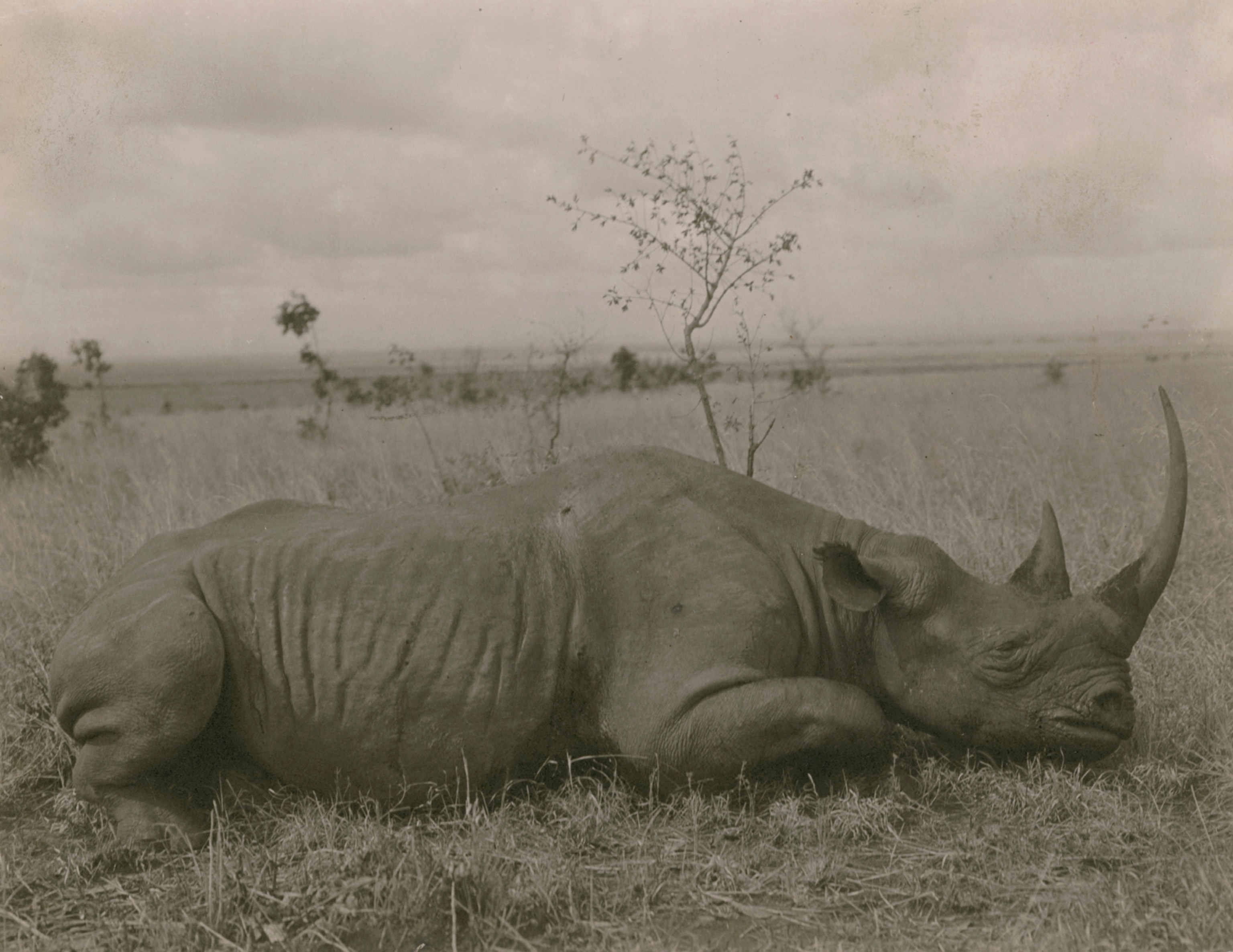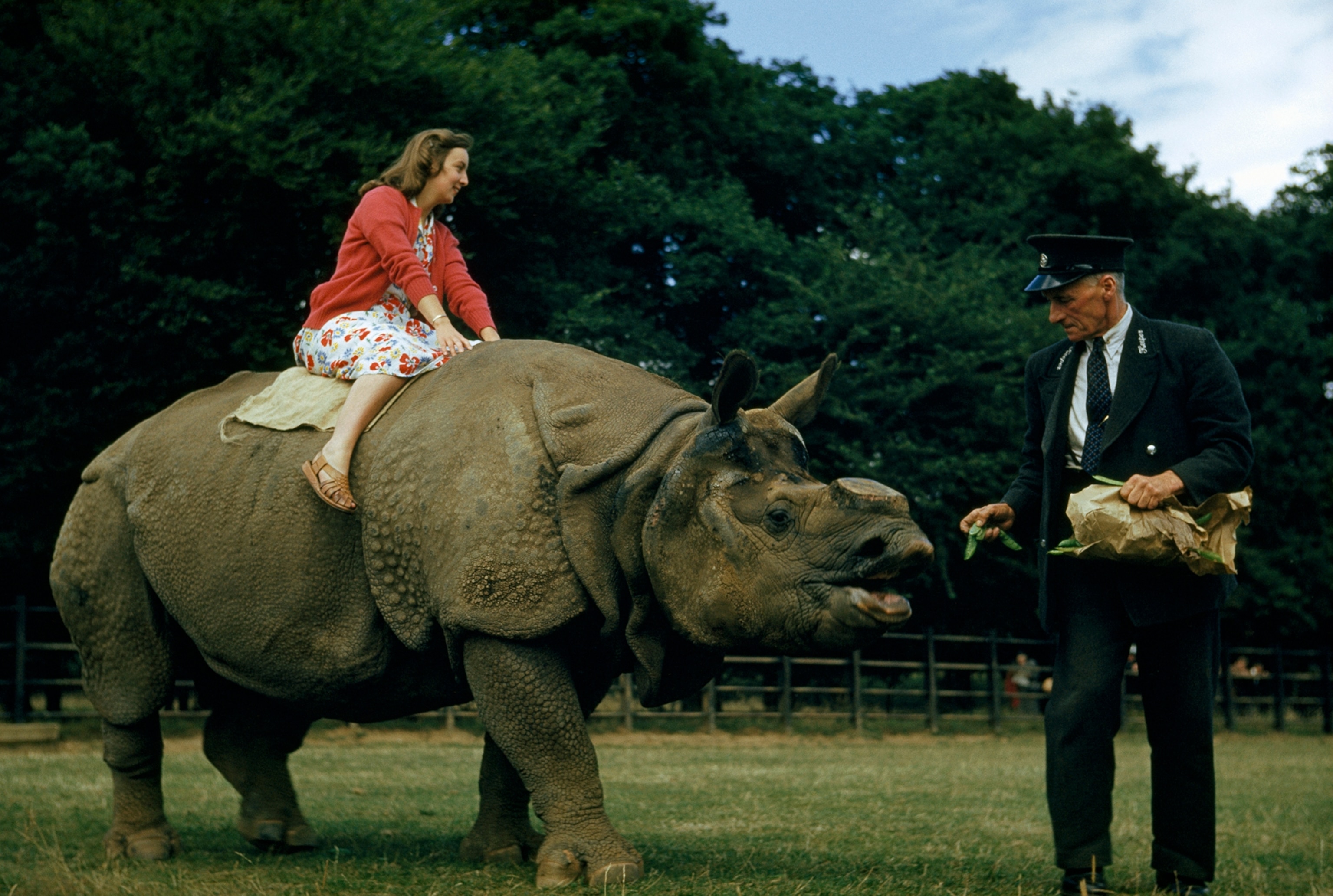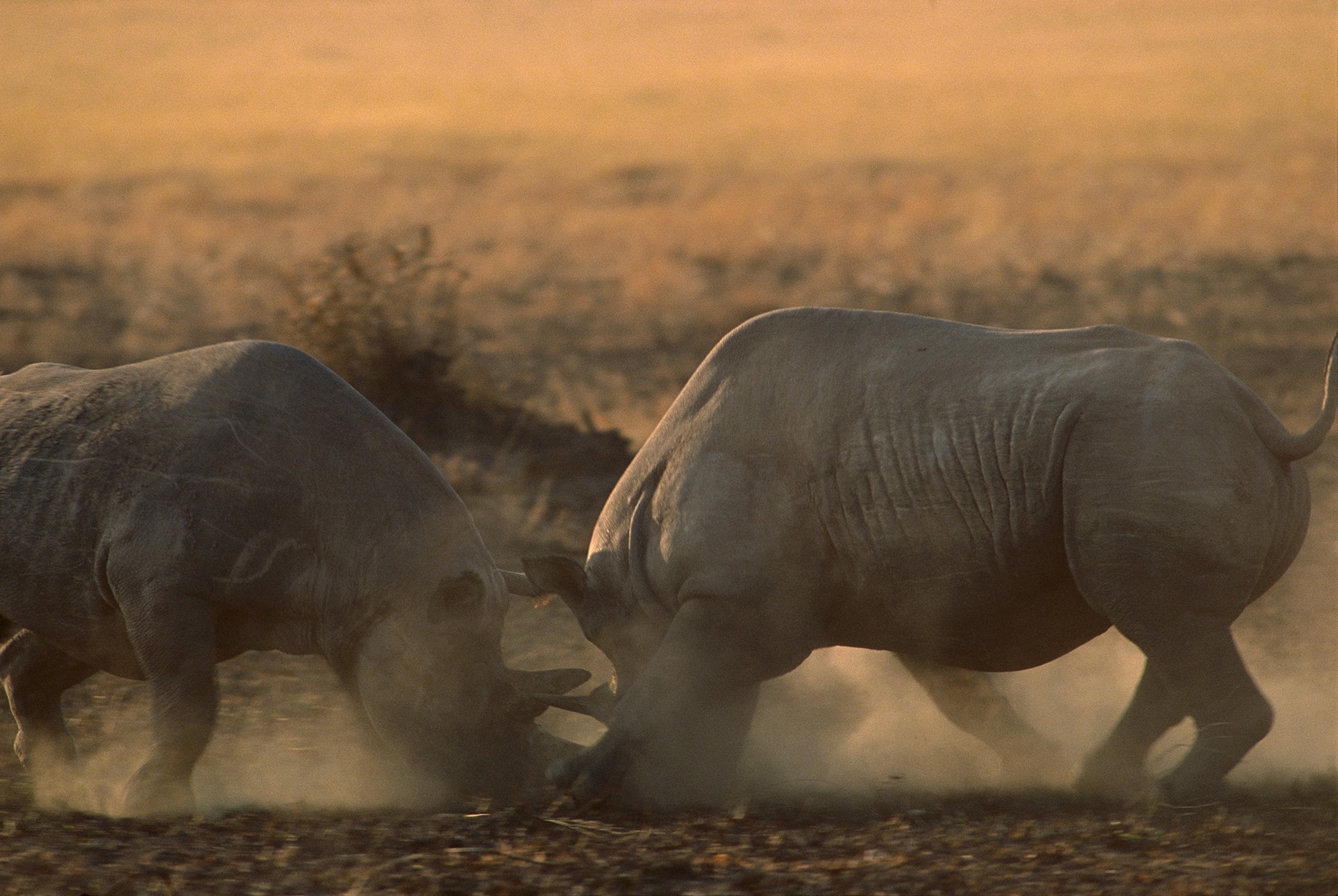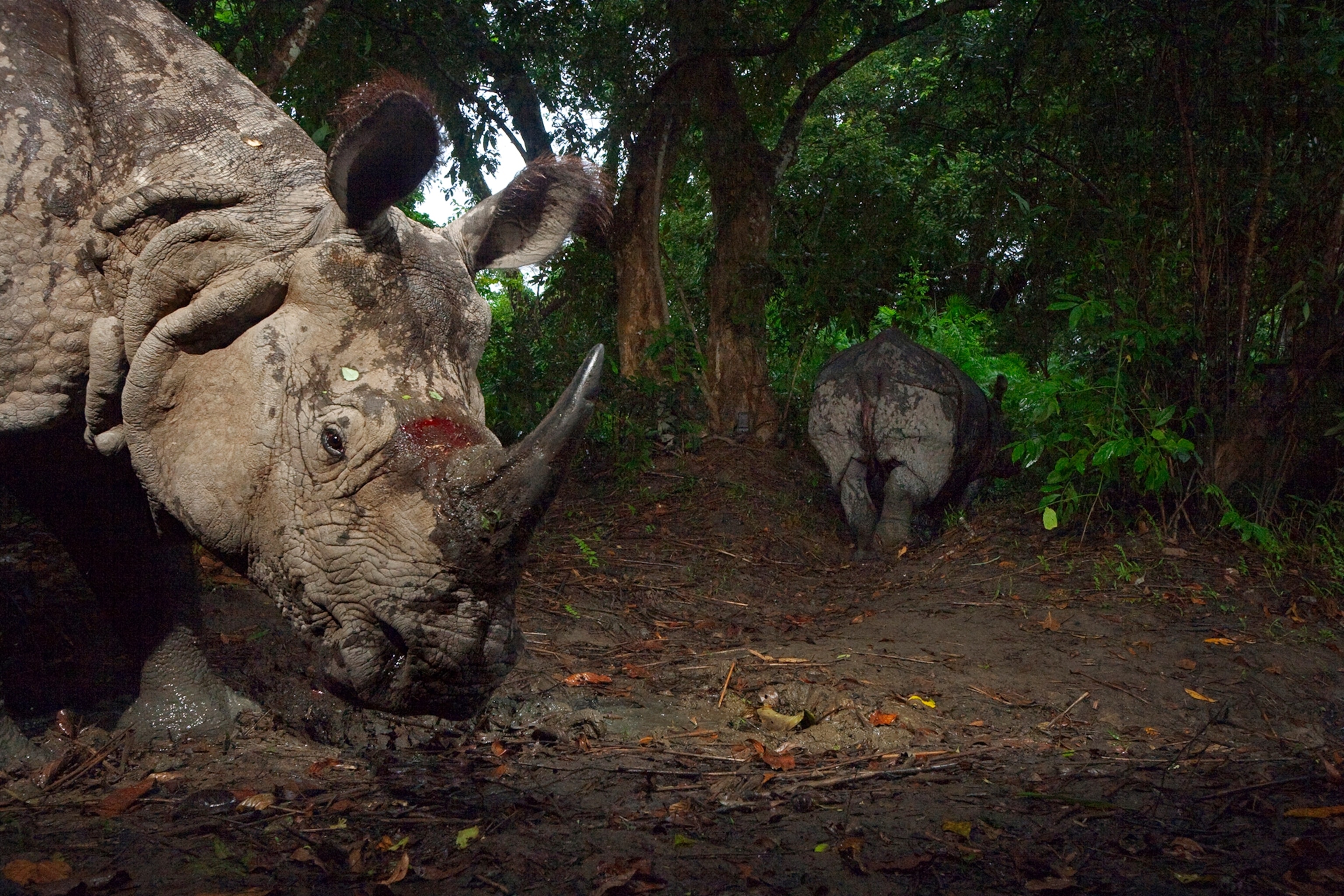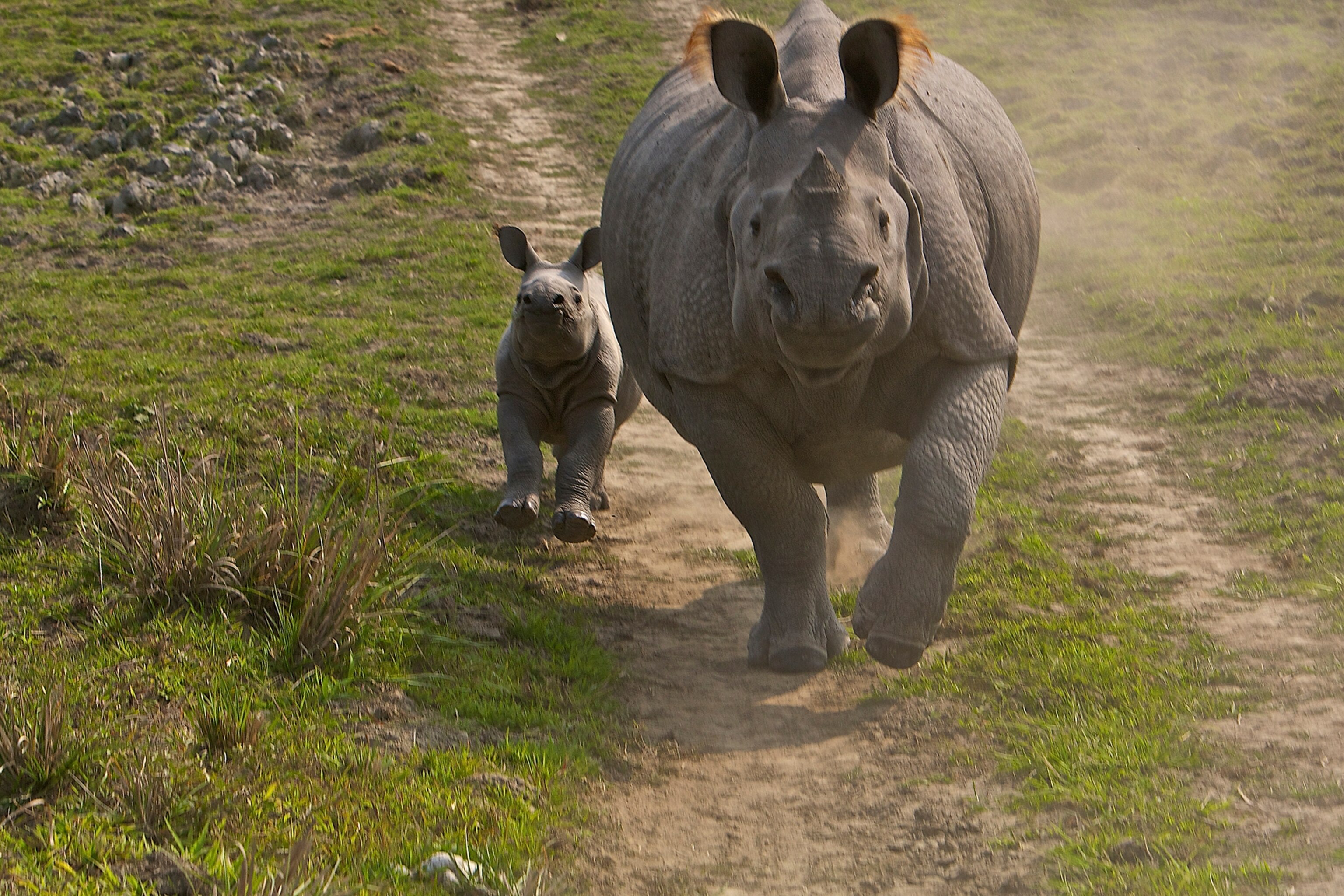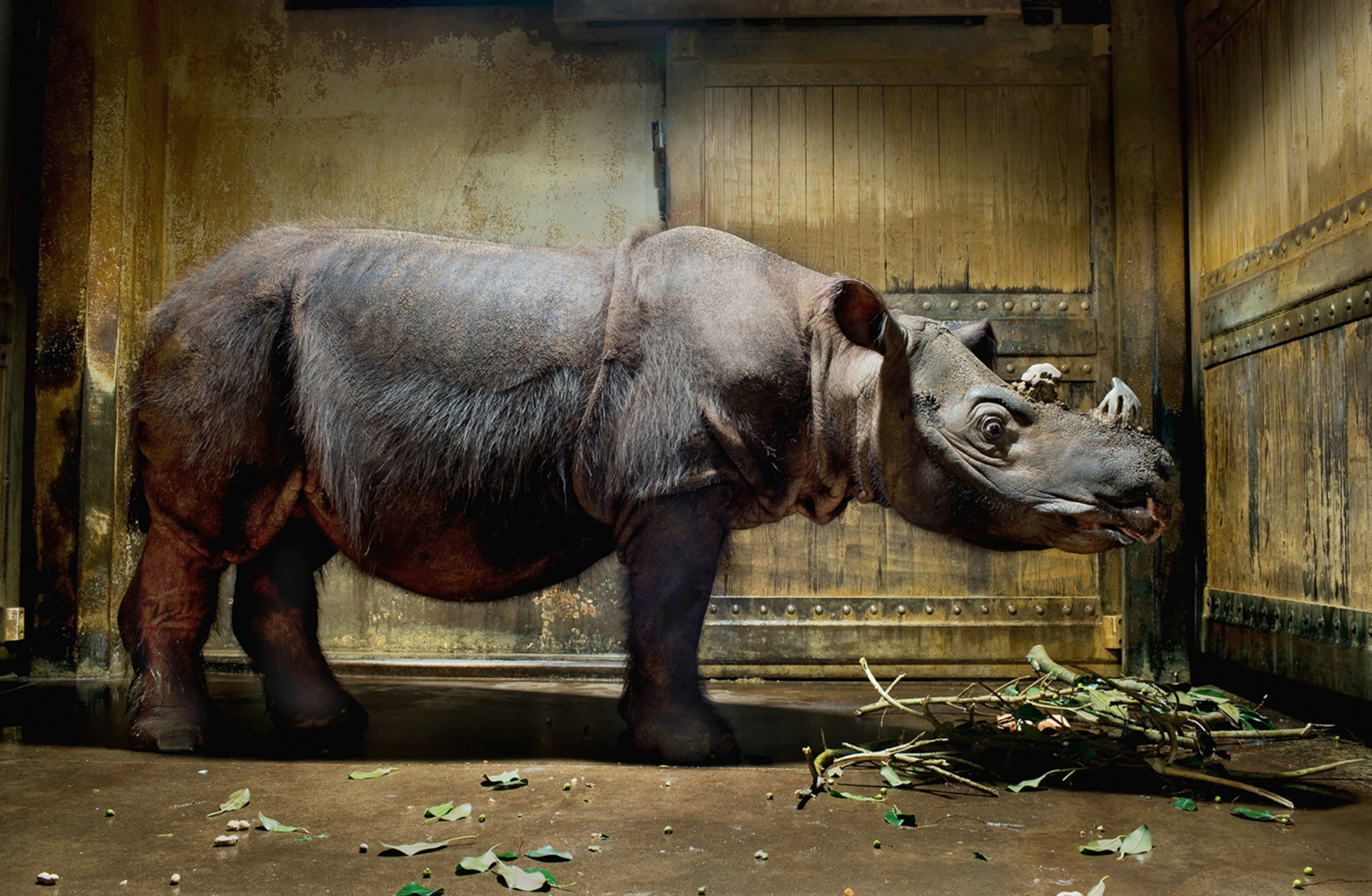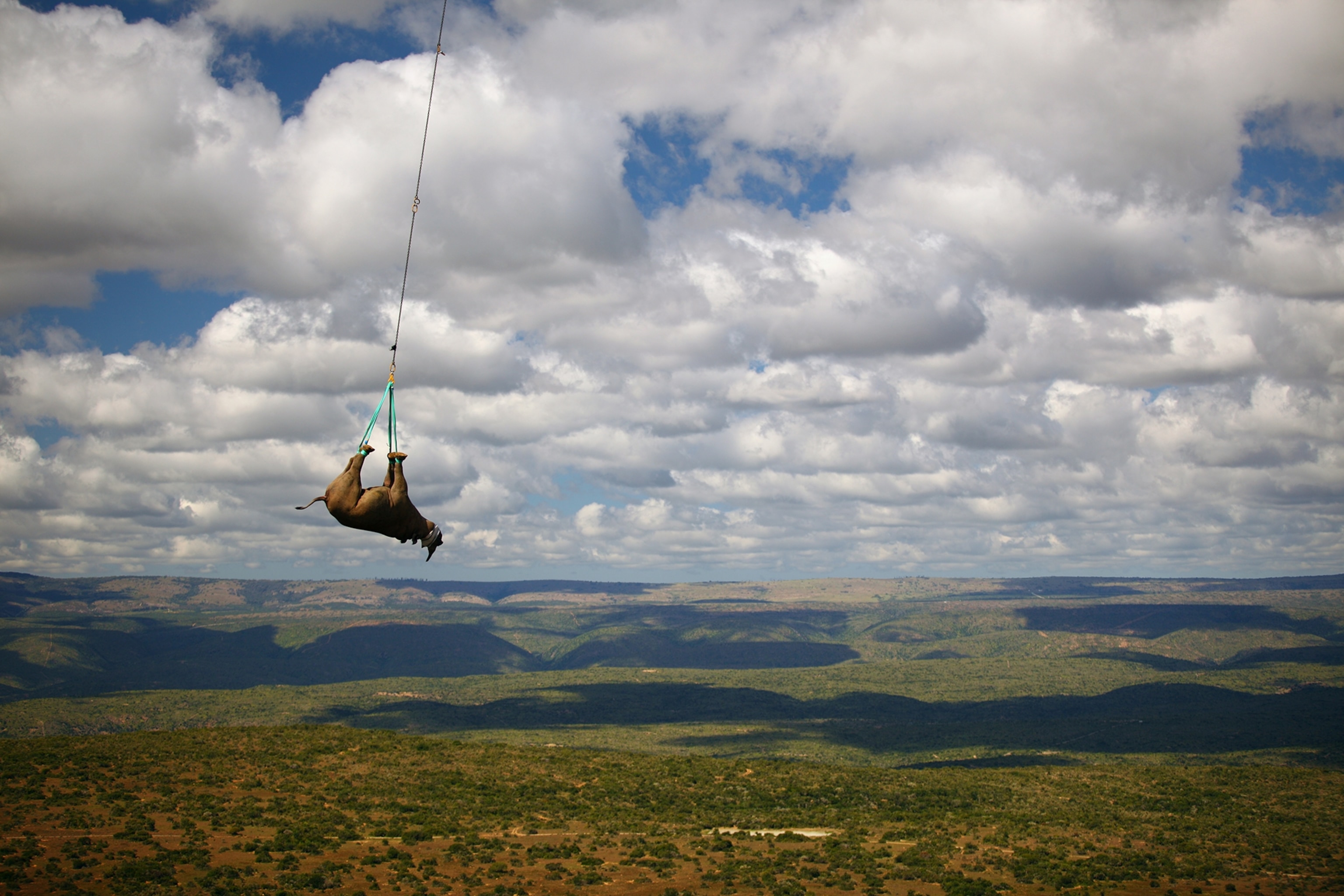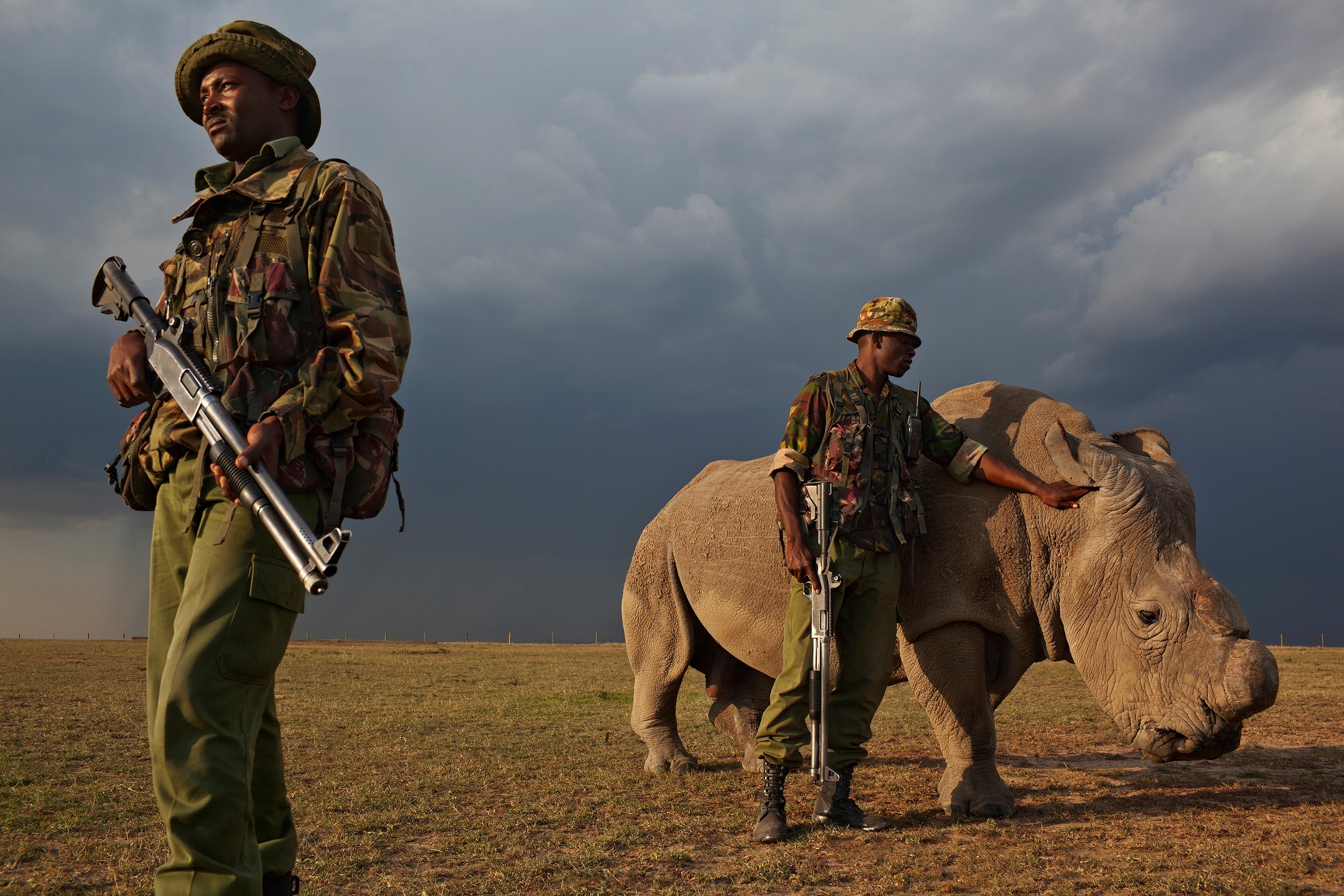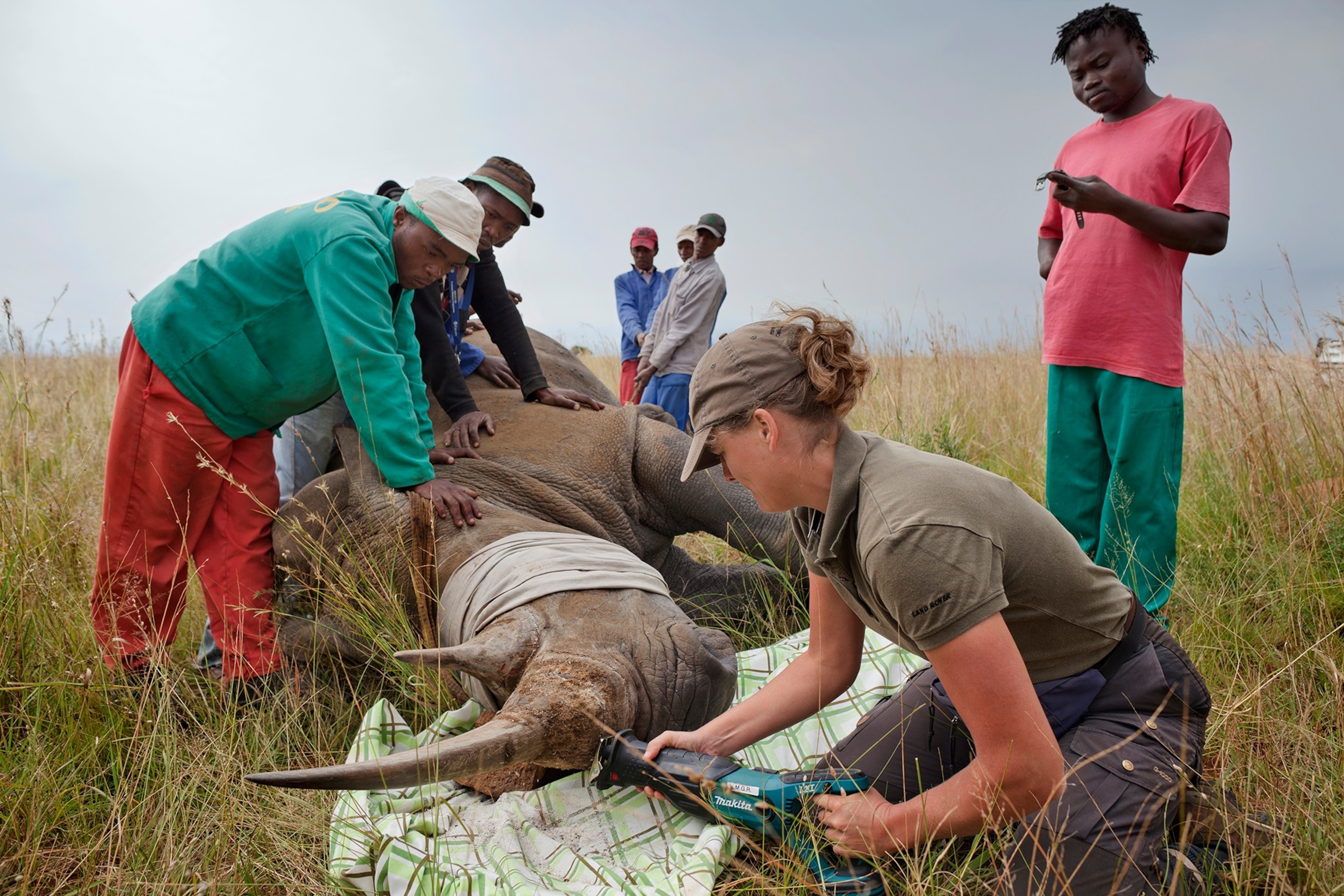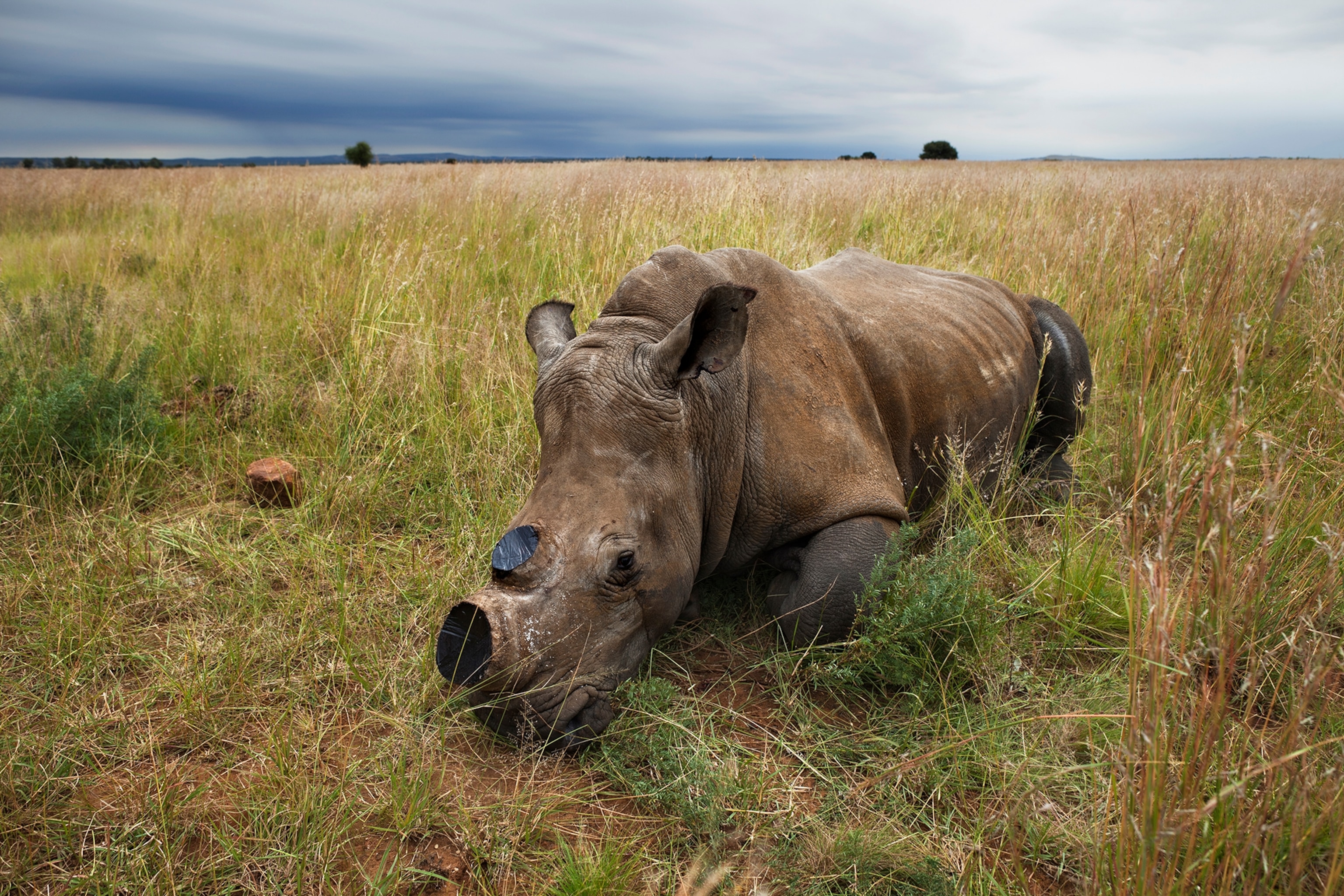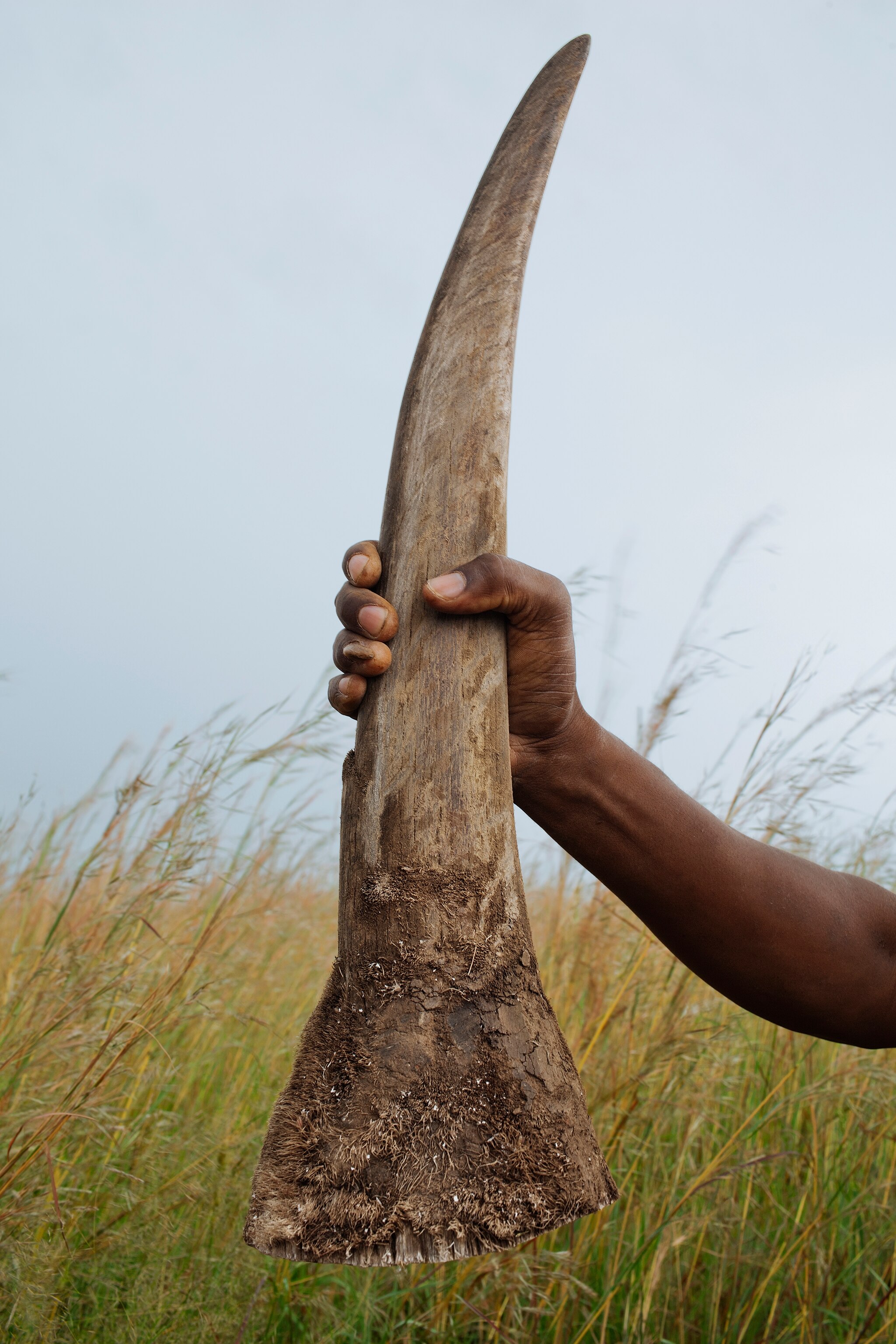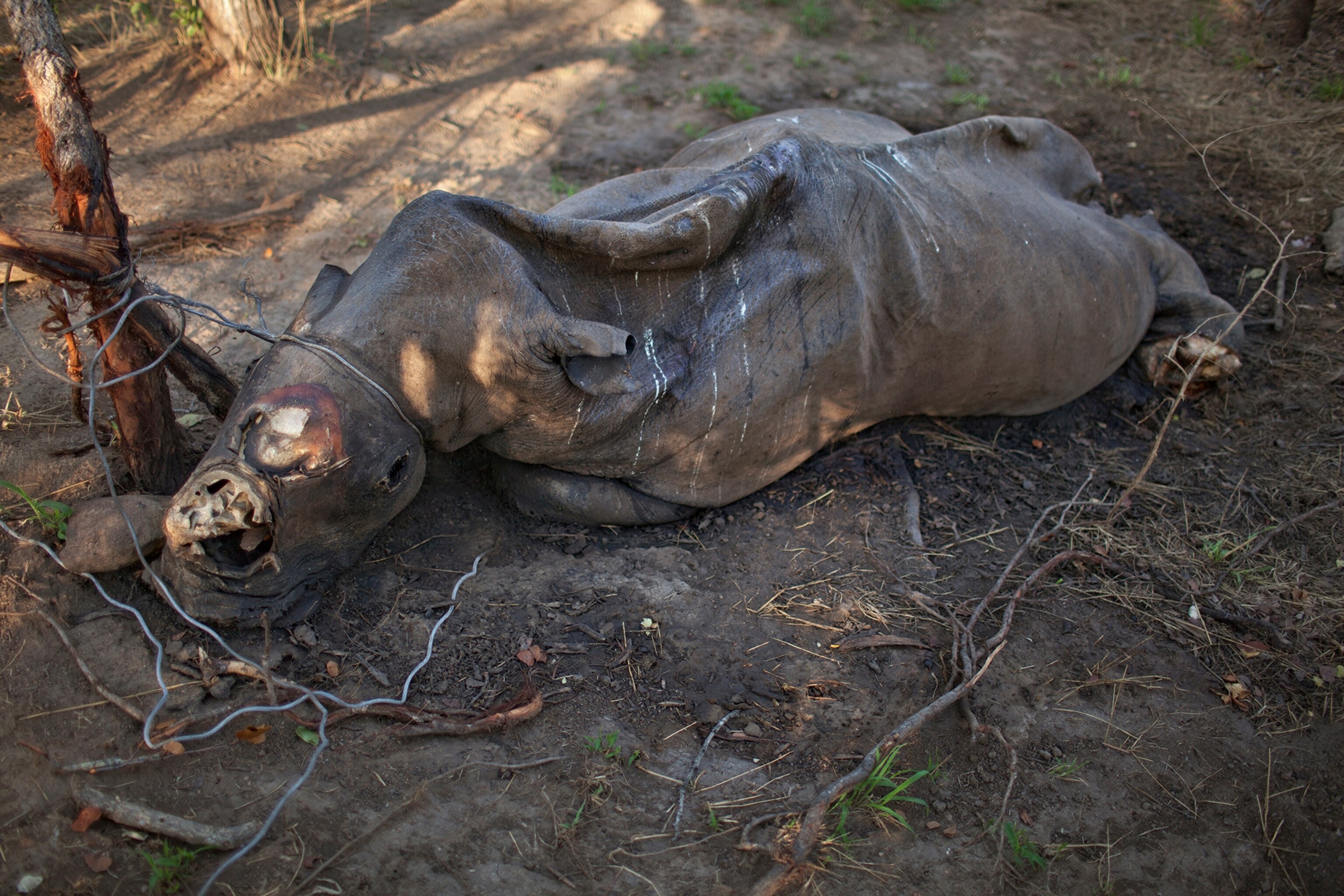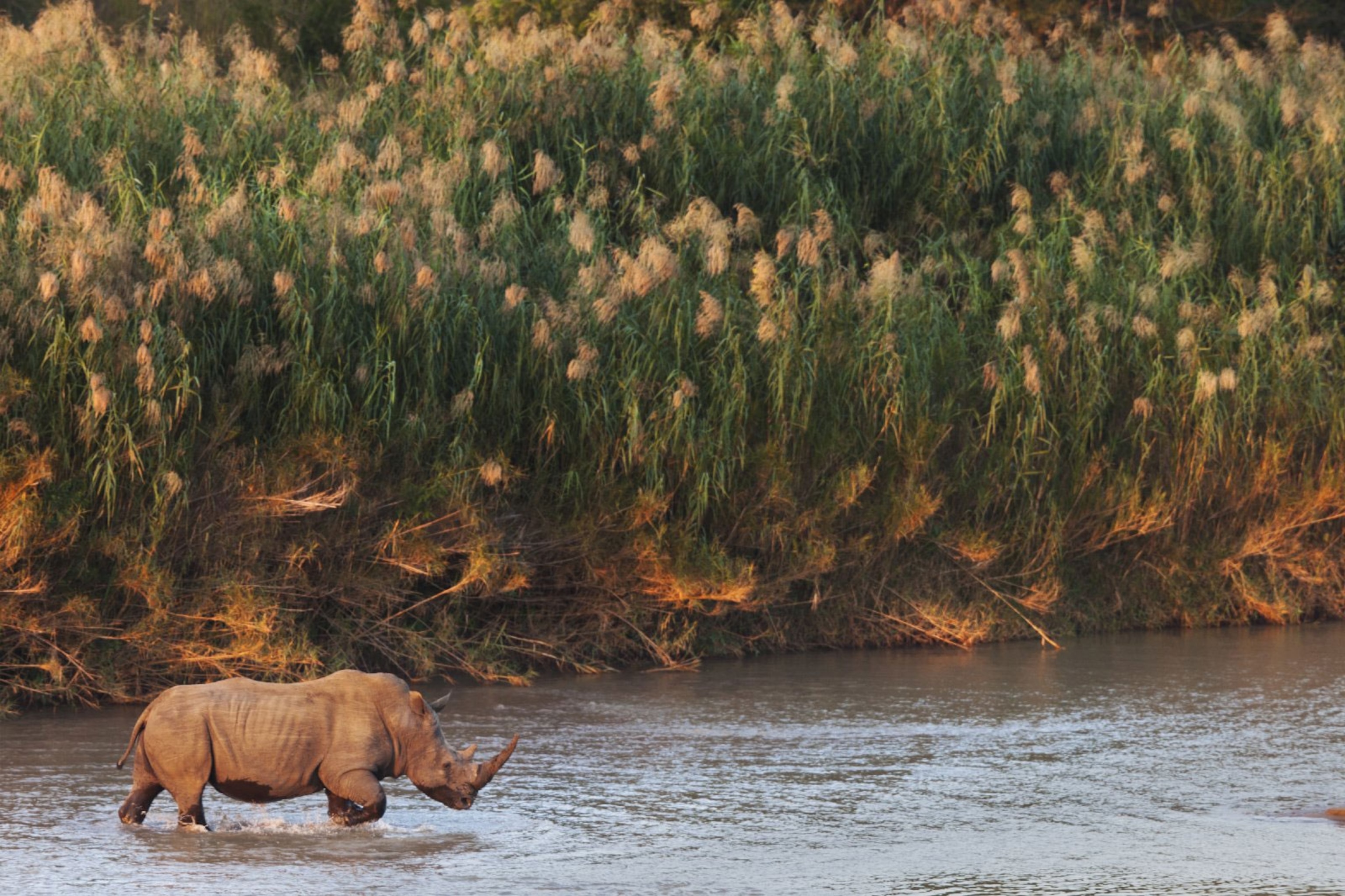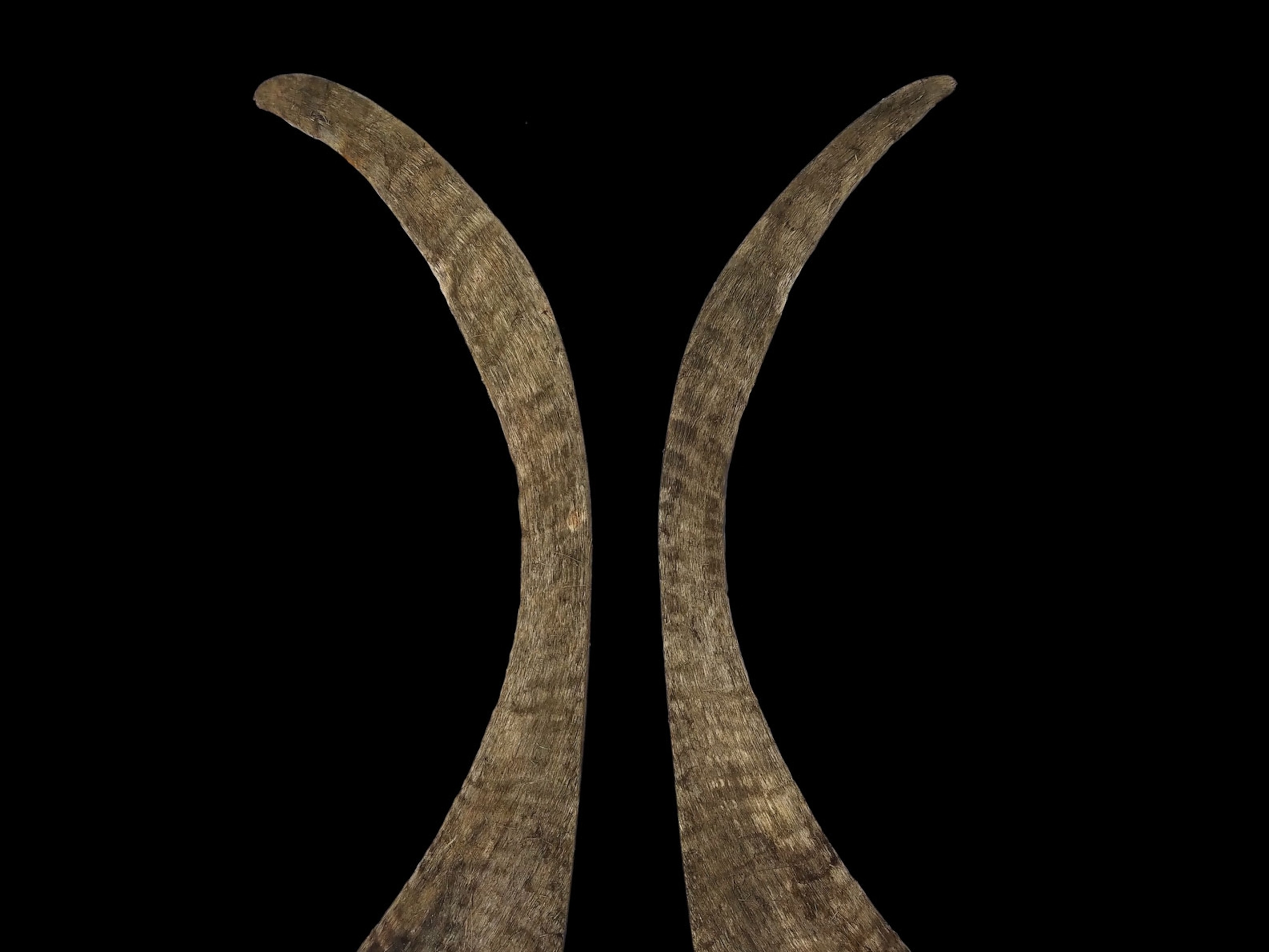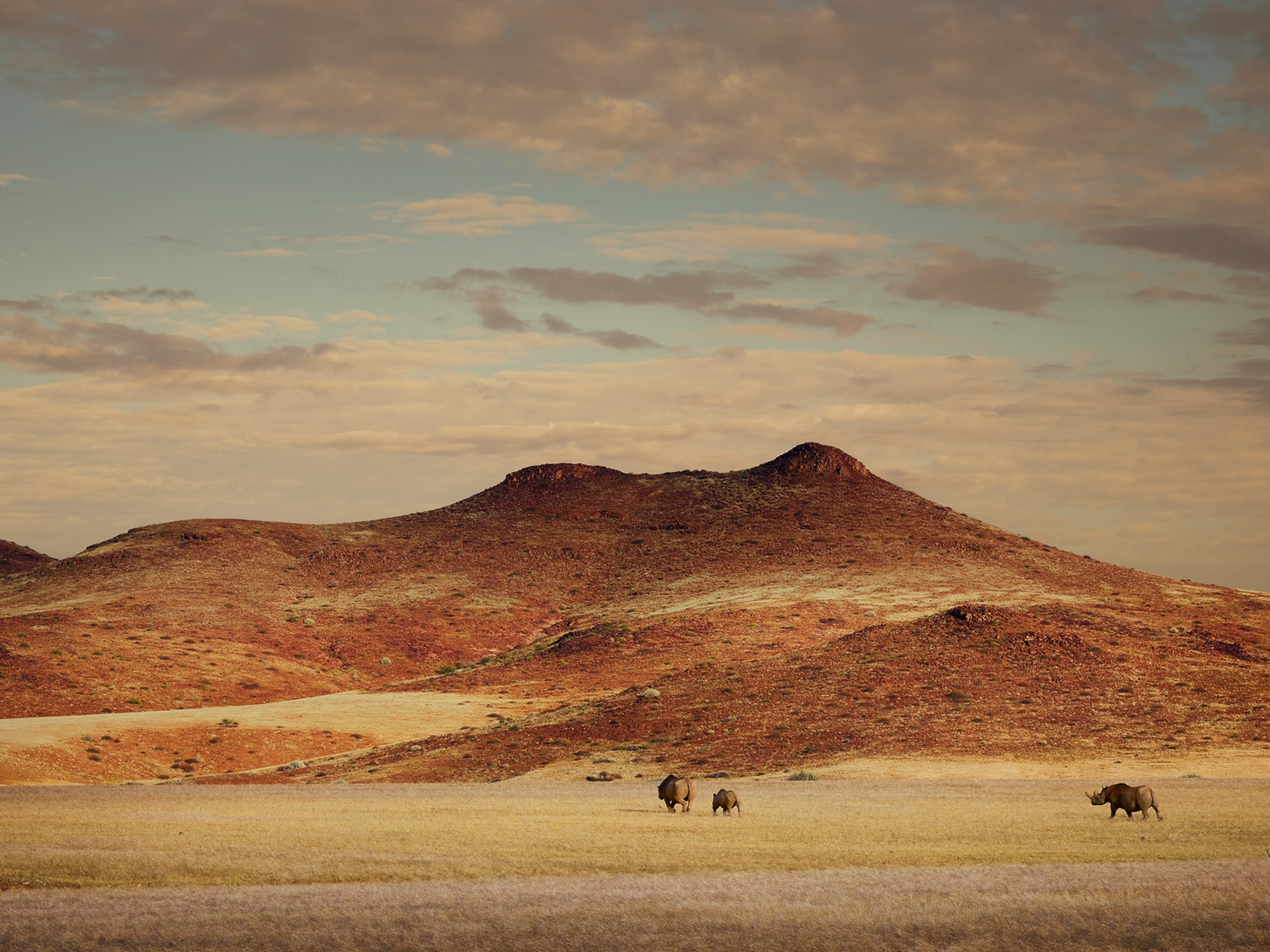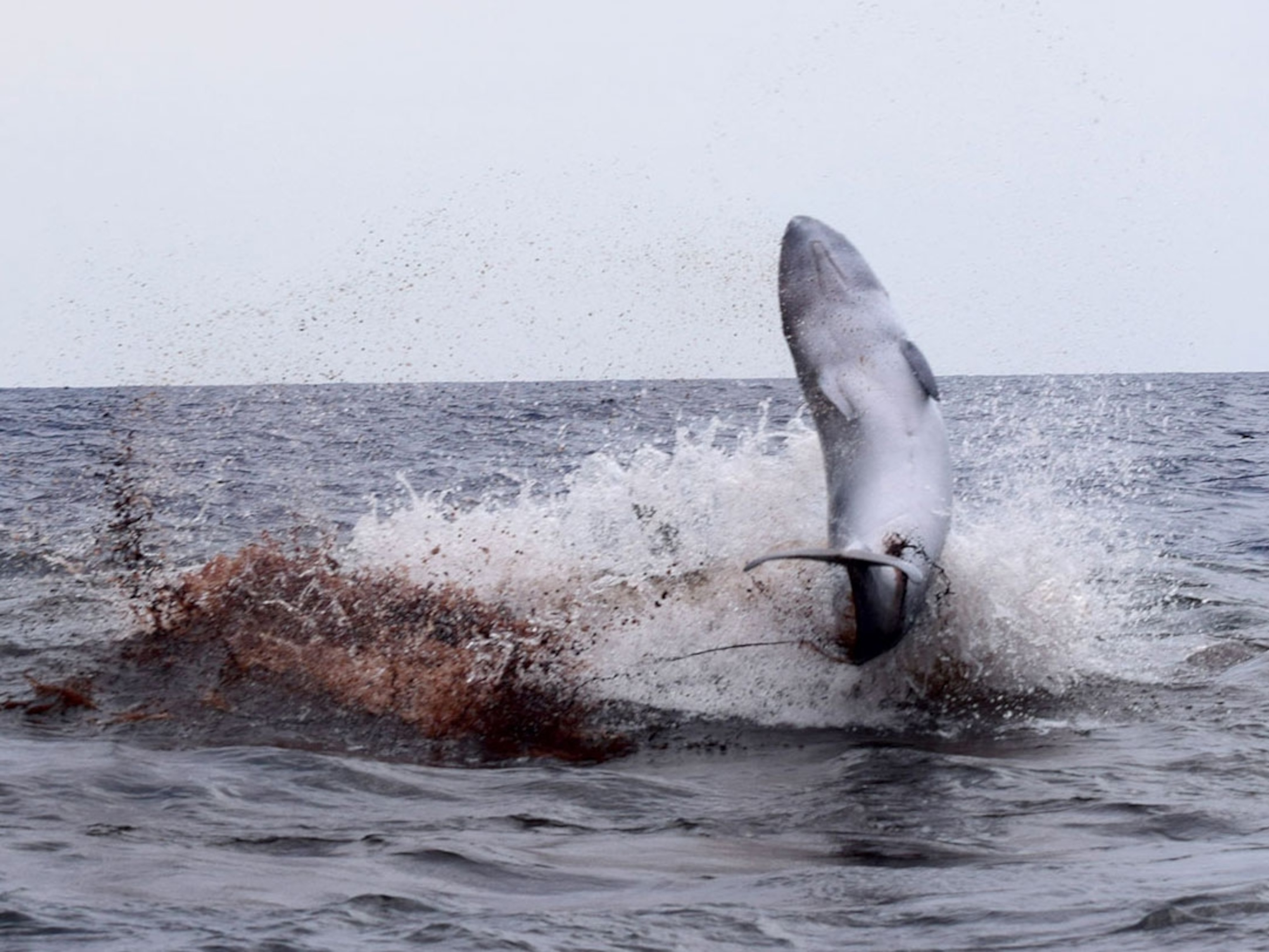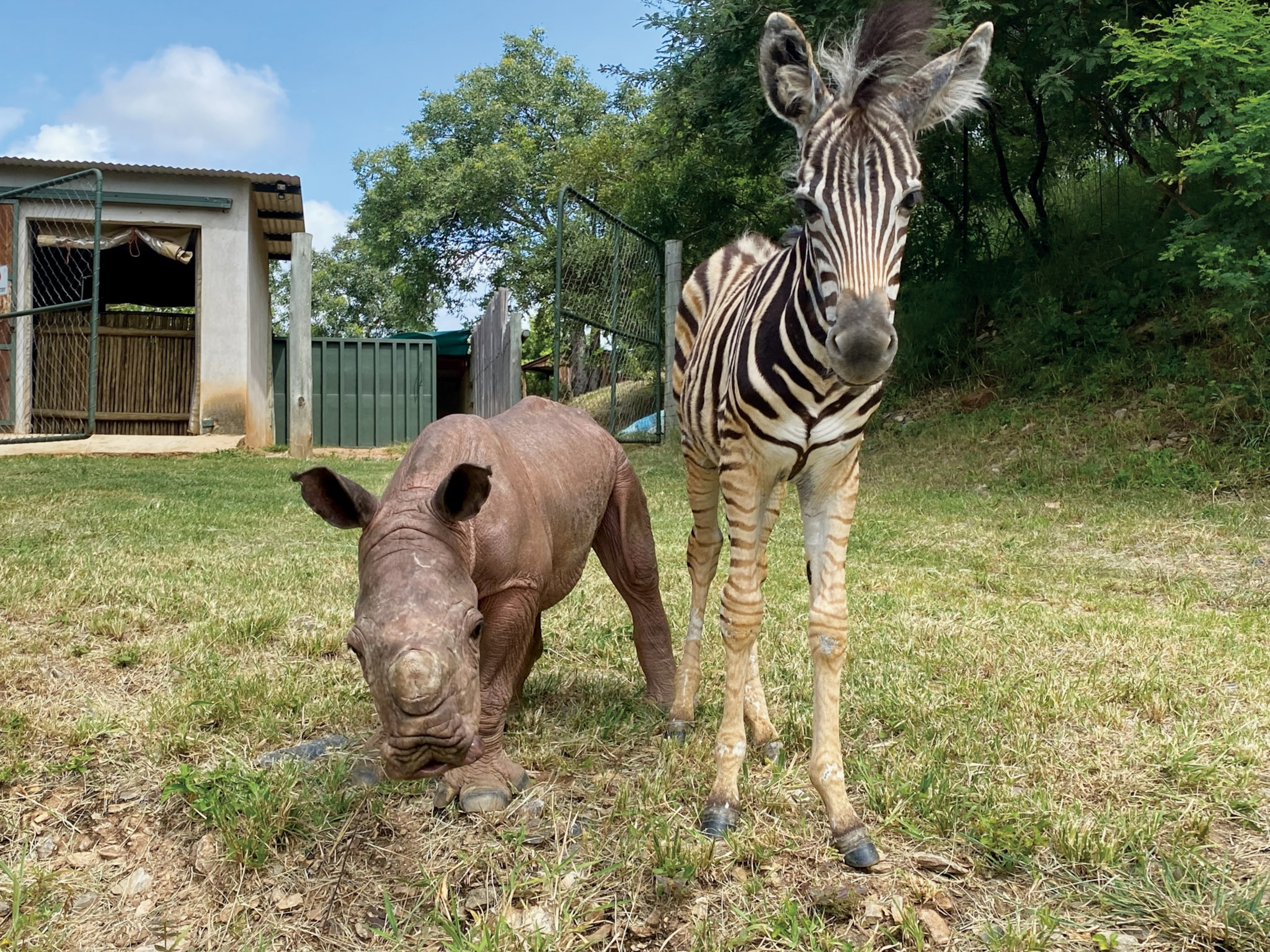Extremely Rare Baby Rhino Captured in Camera Trap
New footage reveals three Javan rhino calves, increasing the population of the critically endangered subspecies to 60.
A young rhino scuttles out of the underbrush, its outsize ears swiveling. Not far behind, its mother follows, watching cautiously.
This isn't just any baby, though. It's one of three new Javan rhinoceros calves caught by camera traps in Indonesia’s Ujung Kulon National Park, the last refuge of this critically endangered subspecies. (Related: "'Dramatic' New Pictures: Rare Javan Rhino Spotted.")
There are now 60 Javan rhinoceroses left on Earth—a tiny population that's gradually doubled in the last 50 years.
Years of poaching and habitat destruction led to the demise of many Javan rhinos, and the remaining animals are now clustered in the national park.
But the footage of the new calves is a cause for hope, says Barney Long, director of species conservation for WWF, which maintains the camera traps with park authorities, the Rhino Foundation of Indonesia, and the International Rhino Foundation.
That's because “it is evidence that Javan rhinos are reproducing in the wild,” says Long—especially important since there are none in captivity. (Also see "Video Captures Catlike Creature Riding Rare Rhino.")
“I think the key thing to remember is that rhinos are recovering,” Long says. “The videos demonstrate that with the right conservation measures, you get more babies.”
Not Out of the Woods
The fate of the subspecies is still up in the air, however.
For one, Ujung Kulon is dangerously close to the active Anak Krakatau volcano, and a major explosion could wipe out the rhino population in one fell swoop.
See 14 Moving Pictures of Rhinos in Crisis
What's more, at 60 animals, the national park may be reaching the maximum number of rhinos it can support.
Female rhinos give birth to one calf every three to five years, according to Long, but that number drops off when the rhinos become densely packed.
To keep birth rates from dropping off as the rhino's population slowly grows, WWF is looking for another home for the rare animals.
They're also working to hire rangers and encourage local people to protect the small group of survivors from poachers. Poachers in Vietnam killed the last of that country's Javan rhinos in 2010. (Read "Rhino Wars" in National Geographic magazine.)
“We need a lot more attention paid to this species," Long says.
We can recover it, we know how to recover it … we just need to make sure the world is paying attention.”
Follow Rachel A. Becker on Twitter.
